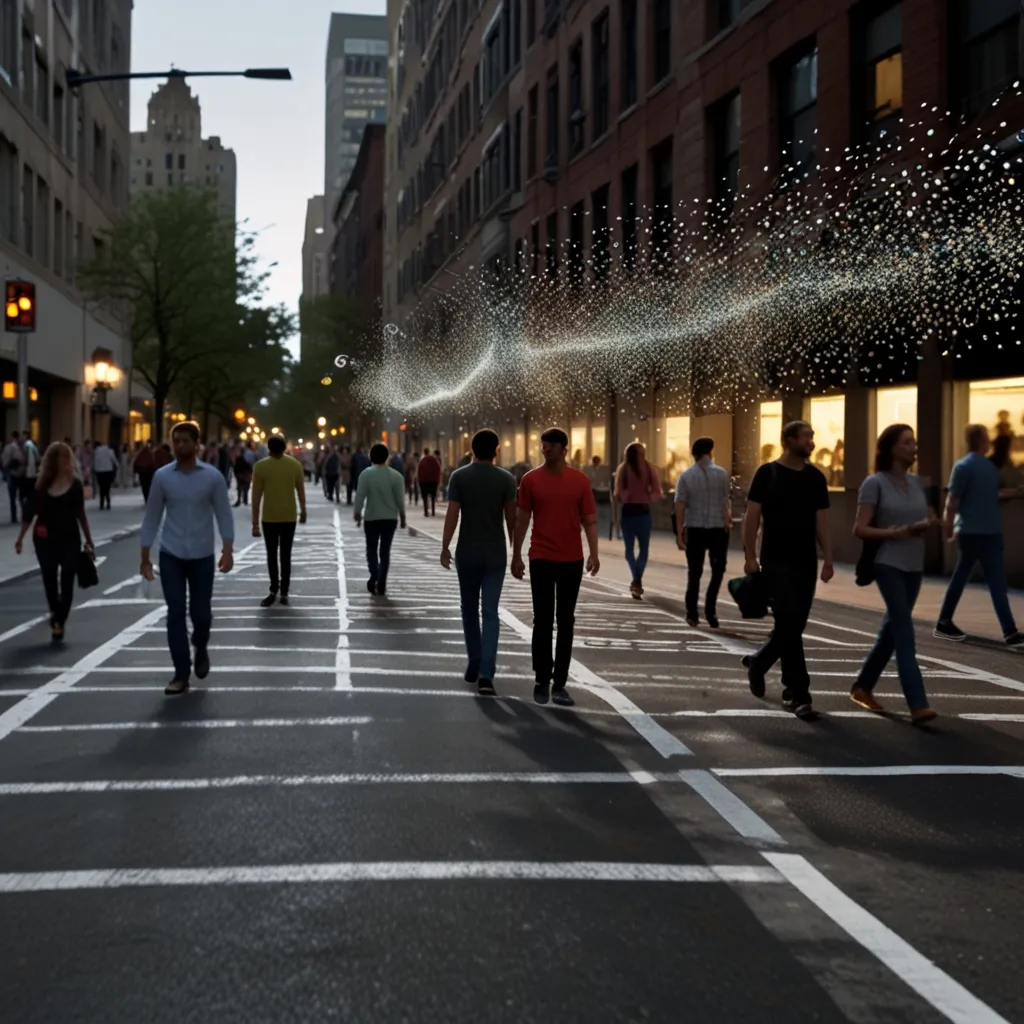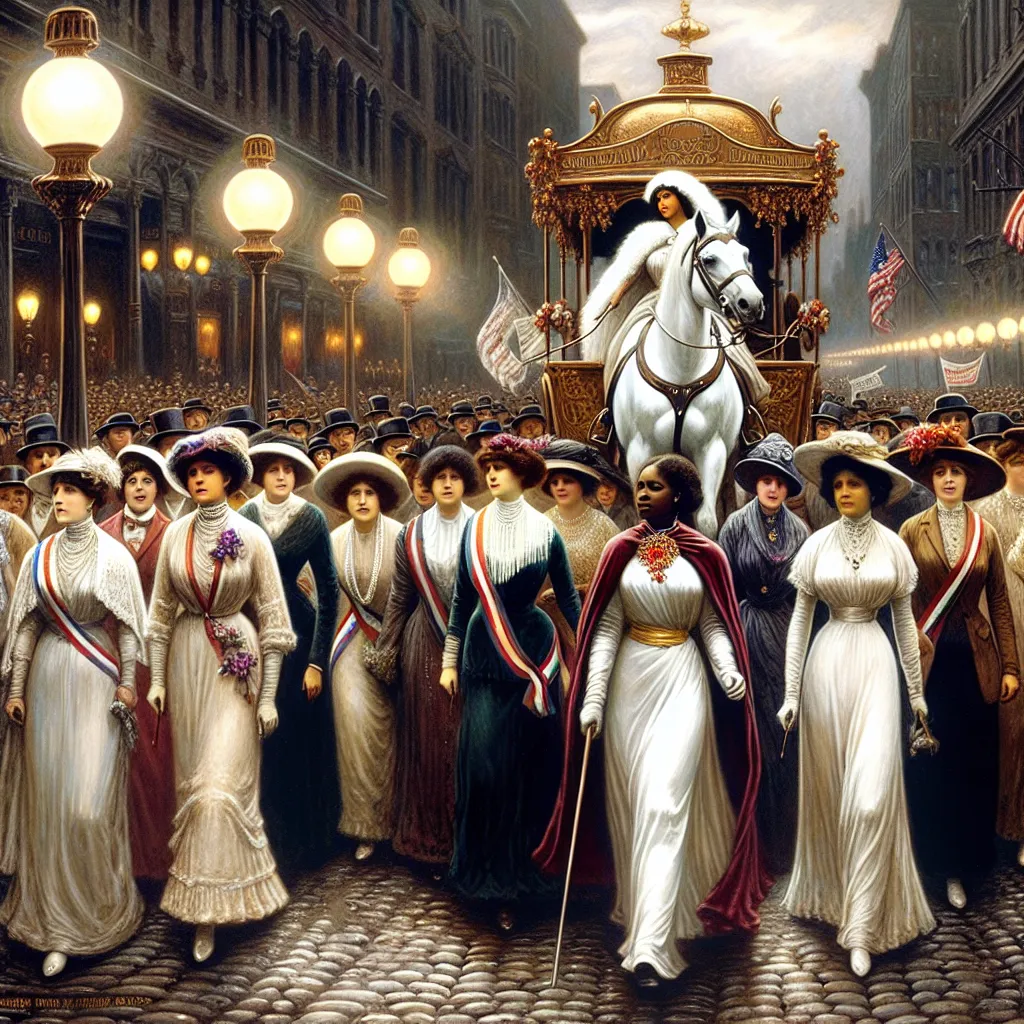Humans are pretty complicated, right? You’d think we’d need a super complex model to predict or understand our behavior. After all, psychologists and sociologists spend their entire careers trying to decode the myriad ways we operate. But what if I told you that understanding human behavior doesn’t necessarily require intricate psychological models? Sometimes, physics does the trick.
I know, it sounds a bit insulting to say we can be lumped together as particles responding to mechanical forces. But bear with me. I’m going to walk you through how principles from physics can explain the behavior of crowds, traffic, and even pedestrians. Surprisingly, these same principles can decode the mysterious group behaviors in animals, like flocks of birds or schools of fish.
Day-to-day life is a mix of planning, talking, and making decisions amidst unexpected events. It seems super complex if you focus on the details. But zoom out, and patterns start to form. For example, in a crowd, each person has unique thoughts and problems, but collectively, they form patterns that override individual quirks.
Think of it like a gas made up of tiny particles. Track one particle, and its movement seems random. But look at trillions of them, and you see predictable behavior. This is known as the kinetic theory of gases, rooted in statistical mechanics or statistical physics.
In 1971, Leroy Henderson, a mechanical engineer, wondered if these gas principles could apply to human crowds. He observed crowds in Sydney and found that their speed distributions mirrored those predicted by the kinetic theory of gases. The analogy with gases goes even deeper. Crowds, like gases, can undergo phase transitions, such as condensing into a more liquid-like state when packed tightly together, like at a ticket barrier.
Dirk Helbing, a physicist in the late 1980s, built on Henderson’s work. He modeled pedestrians as particles with repulsive forces to avoid collisions, just like gas particles. His simulations showed pedestrians spontaneously form counter-flowing streams in crowded areas, similar to traffic lanes. This behavior arises even though the individuals, or agents, aren’t consciously coordinating.
Agent-based models have revolutionized how we understand traffic too. Imagine drivers as agents bound to follow simple rules: drive in one direction and avoid collisions. These models can simulate dense traffic flows and even phantom traffic jams, which occur without an obvious cause.
But what about swarms of birds or schools of fish? These elegant movements used to baffle zoologists, who even suggested birds might have telepathy. However, in 1987, computer engineer Craig Reynolds showed that simple rules, like adjusting speed, position, and avoiding collisions, are enough to simulate flocking behavior. His simulations were so effective that Hollywood adopted them for animated effects in movies like “Batman Returns” and “The Lion King.”
These agent-based models underline a concept called emergence, where complex behavior arises from simple rules and interactions. Just as water molecules suddenly freeze into ice at the same temperature, the behaviors of human crowds, traffic, and animal groups are emergent phenomena.
So, are we just particles bouncing around, driven by unseen forces? Not quite. Our higher cognitive functions set us apart. Yet, the same physical principles that explain gas particles also help us understand these collective behaviors.
Statistical physics teaches us that it’s less about the individual details and more about interactions at different scales. This universality is comforting. The next time you’re stuck in traffic, remember: it’s not just frustrating congestion; it’s physics in action.






